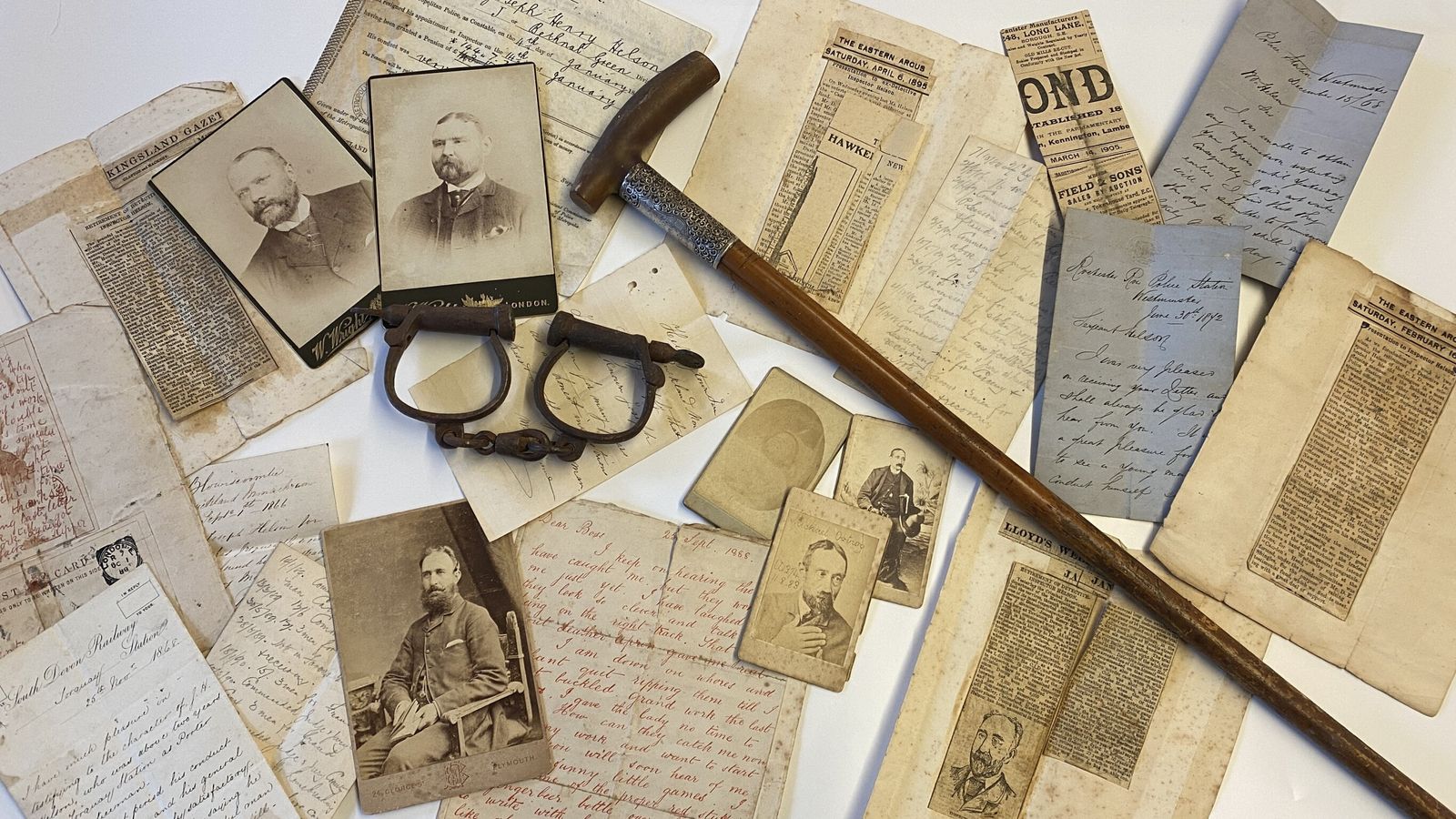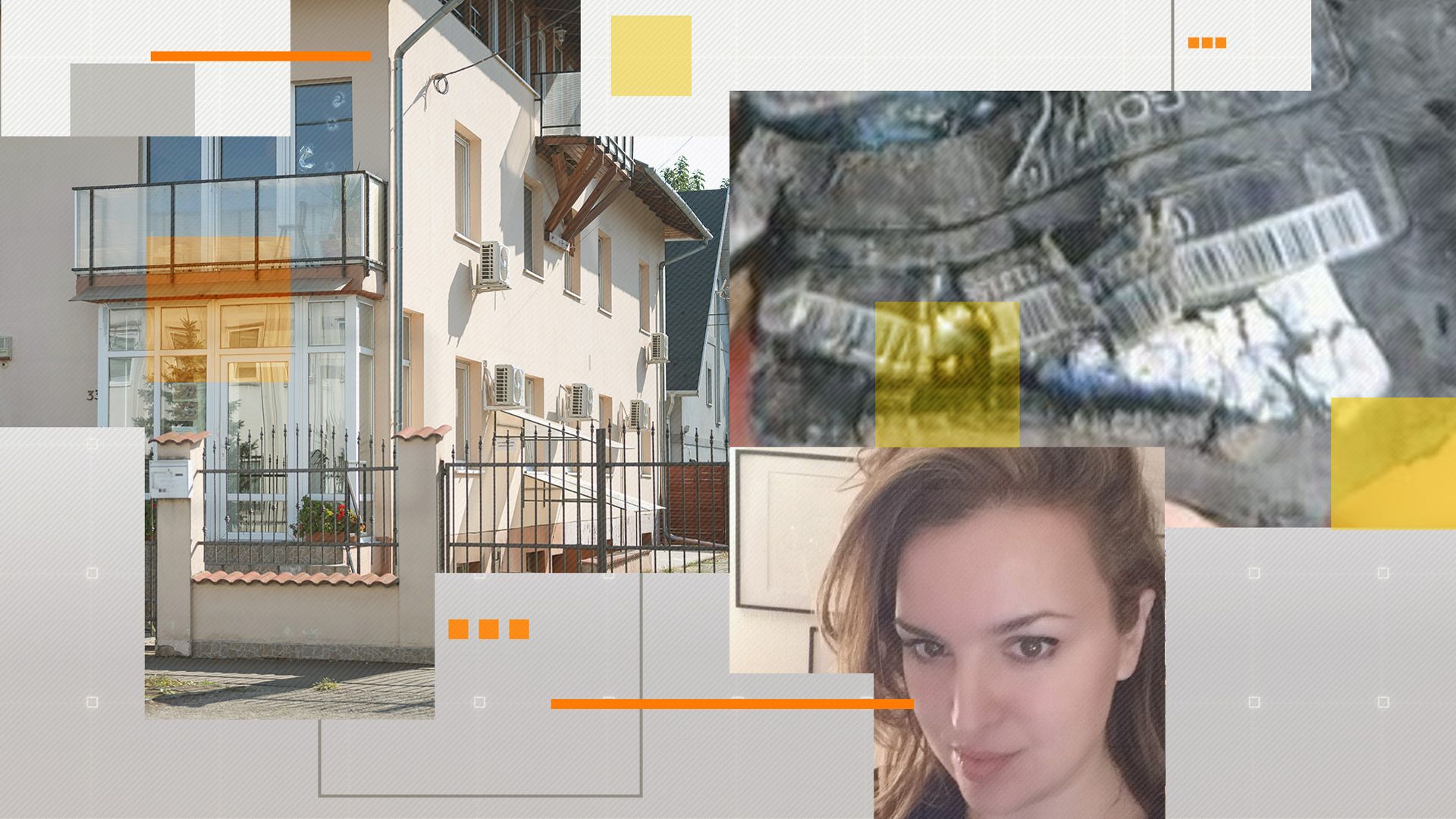A police file on Jack the Ripper has been made public after 136 years by the great-grandson of a detective who worked on the case.
The file was kept by Inspector Joseph Henry Helson, who was serving in the Metropolitan Police when the serial killer known as Jack the Ripper murdered five women in Whitechapel, east London, in 1888.
The archive, which has been passed down through four generations of the Helson family, includes two photographs of Michael Ostrog, an early suspect for the Victorian killer, as well as the only known copy in existence of the so-called ‘Saucy Jack’ postcard the Ripper purportedly sent to the police to taunt them.
The photos of Ostrog, a Russian immigrant, petty thief and con artist who spent long periods in prison and a mental asylum, have notes on the back of them listing three of his aliases, his criminal record and physical appearance.
Ostrog was quickly ruled out as the Ripper when it emerged that he was in the mental asylum of a French prison when the murders took place.
The archive also contains a copy of the ‘Dear Boss’ letter, a note sent by the murderer to the police which he signed off as ‘Jack the Ripper’, which was the first time the name was referenced.
The murderer boasted about killing his female victims, warned police that his knife was “still nice and sharp” and promised to “clip the lady’s ears off”.
The original letter, which is held in the National Archives at Kew in London, was initially considered a hoax until police decided to take it seriously when the Ripper’s fourth victim, Catherine Eddowes, was found with part of her right ear severed.
This copy of the letter appears to be a clipping from a newspaper, as police published numerous duplicates in the hope someone would recognise the handwriting.
There is also a grim photograph of the body of Ripper victim Mary Ann Nichols in the morgue, which is believed to show her remains at a slightly different angle to the most common image of her.
Inspector Helson worked on the murder of Nichols, an east End prostitute who was the Ripper’s first victim.
She was found with her throat cut and mutilation wounds on her body in Buck’s Row, Whitechapel, in the early hours of 31 August 1888.
Read more:
The man who confessed to 90 unsolved murders over four decades
Six of the most notorious unsolved murders
Helson took charge of the investigation and assisted with inquiries into the killing of Annie Chapman, the Ripper’s second victim, eight days later.
His archive, worth an estimated £10,000, is now being sold by his great-grandson at Whitton & Laing Auctioneers of Exeter, in Devon, who say they fully expect it to spark a bidding war.
A Whitton & Laing spokesperson said: “For nearly 140 years the Jack the Ripper murders have held an enduring fascination and items directly connected to the crimes very rarely come up for sale.
“There is also a facsimile copy of both the infamous ‘Dear Boss’ letter and ‘Saucy Jack’ postcard which appears to be cut from the broadside printed in 1888 and used by the police in the hope that someone would recognise the handwriting.
“The original letter and postcard both disappeared, the letter being returned in 1988 and is now in the National Archives at Kew, but the postcard has never been seen again.”
Be the first to get Breaking News
Install the Sky News app for free
The auctioneers added that “people should not forget that the victims were real people with real stories and we wouldn’t want to think of this murderer as an anti-hero, but for the monstrous villain that he was”.
Helson retired from the Met Police in 1895 after 26 years of service and returned to his native Devon to work on the railways. He died aged 75 in 1920.
The auction takes place on 22 March.





